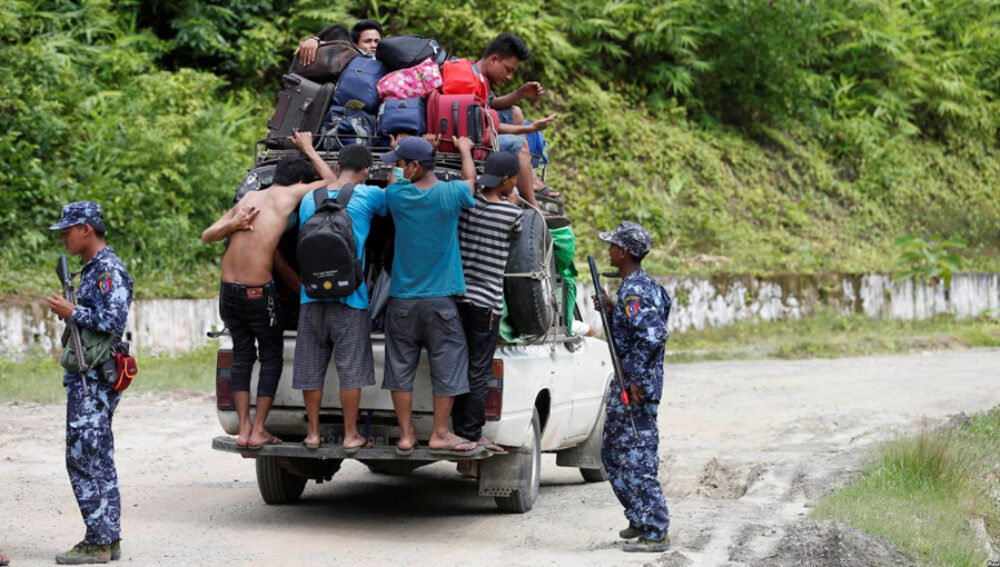Since October 2016, when militants from the Arakan Rohingya Salvation Army (ARSA) attacked three border police posts in Myanmar’s Rakhine State, developments in that part of the world have dominated the headlines. Denied access to western Myanmar, most reporters have focussed on the plight of the 600,000 or more Muslim Rohingyas who are now living in squalid refugee camps in Bangladesh.
Given the nature of the crisis, described by the UN as ‘a humanitarian and human rights nightmare’, and ‘the largest mass refugee movement in the region for decades’, the flood of reports about the Rohingyas in the news media and online is understandable. However, a few important issues have slipped through the cracks and demand closer attention.
There have been passing references in news stories to the ‘area clearance operations’ conducted by Myanmar’s armed forces (Tatmadaw) and police force, and countless reports of specific incidents, but few observers have stepped back and tried to examine the broad strategy being pursued by the security forces in northern Rakhine state. Yet without an understanding of their long term military and political goals, it is difficult to look beyond current problems and anticipate future challenges.
It is widely acknowledged that Aung San Suu Kyi’s government, while hardly blameless, has little control over the security forces, which seem to be pursuing an agenda of their own. However, what that agenda might be, and the thinking behind it, are difficult to determine. Broadly speaking, four schools of thought have emerged to explain military operations in Rakhine State. They range from the plausible to the improbable.
Please click here to read the full “The Rohingya crisis and Myanmar’s military responses” article in the Lowy Interpreter by Griffith Asia Institute Adjunct Associate Professor, Dr Andrew Selth.








